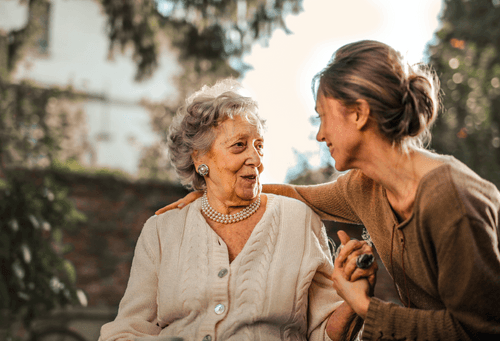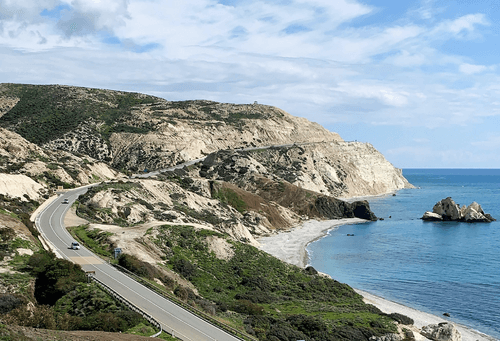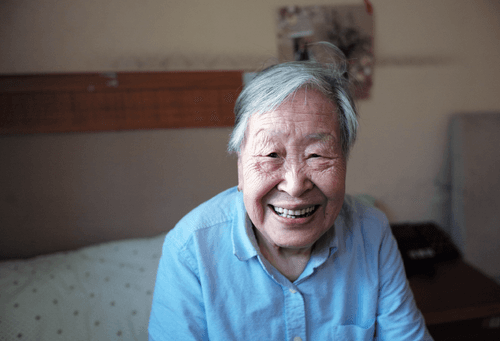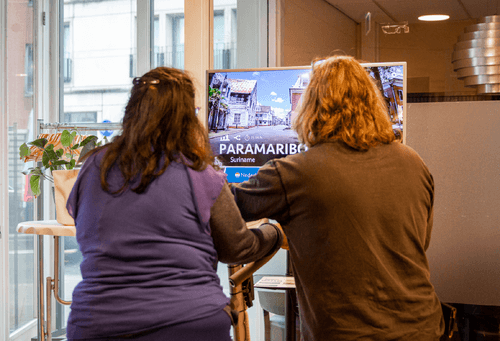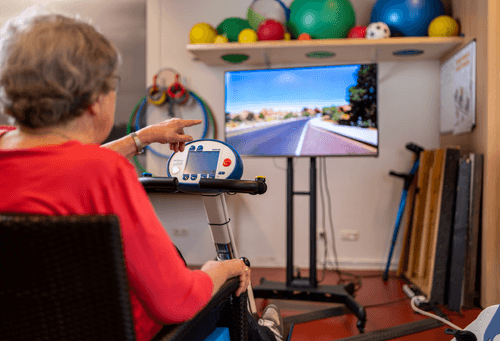How mindset and environment thwart an active lifestyle for elderly people
You've probably seen the term 'active aging' come up somewhere. This is the concept for making sure you age healthily. It sounds simple: make sure you exercise regularly and avoid sitting still for long periods and you will live a long, healthy and happy life. Yet in practice, it is not so easy, as there are several factors that get in the way of this fairy tale ending. Fortunately, there are also ways to turn these obstacles into something positive.
Researchers from Canada, Australia and England put their heads together to write a paper on active aging. They concluded that an active lifestyle is the way to healthy aging, but that this requires behavioural change from both the elderly and society, a process that can be quite challenging. Two factors that play a major role in this behavioural change are mindset and environment.
Mindset
Many still have the negative belief that when you get older you are mostly limited and vulnerable, as you can read in our article. The focus is on physical health instead of perceived health. While perceived health is about how healthy you feel and physical health is about how healthy the doctor might think you are. This line of thinking causes older people to feel inhibited from participating in society, resulting in them becoming more inactive. The way an active lifestyle is often measured also affects this sense of limitation. It usually looks at all sporting occasions in a week, which is demotivating if an hour of running, for example, is no longer possible. In addition, it turns out that a high level of physical activity on one day can lead to a reduction in movement during the days that follow. So actually the focus should not be on these peaks of movement at all, but should look at all movements in a day.
From this thought came the 24-hour approach, where you track all the activities of a day, even sleep. They divide all the day's actions into the following categories: sedentary*, resistance and muscle strengthening, aerobic and balance/functional activities. This way, you don't just look at sports, but also the other movements of the day, such as getting up from your chair. This approach has an especially positive effect on mindset. Seeing all movements as a win makes it much easier to challenge yourself to do just a little bit more. Thus, a different way of thinking can be a huge help in enabling behavioural change. So it is very important to encourage and support older people during active aging: enough exercise, 7-8 hours of sleep and social activities. Besides, it concerns us all, of course, because getting older is something we all do. And preferably healthy.
Environment
But even when you are motivated to change your lifestyle, this is not always possible. This is because the environment also has a lot of influence on this. Is there room to get moving? Are there facilities nearby or someone who can take an elderly person there? Fortunately, many solutions are already being devised for this. Think about making pedestrian and bicycle infrastructure accessible to the elderly, safe crossing points (where traffic lights stay green for longer, for instance) and easy access to nature in the neighbourhood. But concepts like 'assisted living', exercise rooms and exercise hospitals also help. Care innovations that make it easier for the elderly to get moving and that promote mobility and independence could also be considered. For example, the duo bike, which allows you to cycle outside together with assistance, or Bike Labyrinth which allows you to cycle independently and safely through virtual routes.
Virtual cycling for the elderly
Besides the literal environment, the people around you also play an important role. Having a social circle gives a sense of community, satisfaction and promotes your mental health. It is also practical if someone can take you to physiotherapy or if you start a walking club. By continuing activities with friends, you also keep yourself moving. And sitting still is not only bad for your muscles, but also for your mental state. This can lead to an increased risk of depression and anxiety, which in turn result in a less active lifestyle. So it is important to create an environment where older people can come together and be active.
Benefits active lifestyle
When older people live an active lifestyle, there are great advantages. We would like to list some of the benefits for you:
- Positive effect on your physical and cognitive functioning
- Reduces the risk of early death
- Lower risk of disease
- Your body can cope better with chronic illness
- Chance of preventing or delaying dementia
- Increases quality of life
- Good for your mental health
- Can result in better sleep
In other words, there are more than enough reasons to want to strive for an active lifestyle for everyone! With Bike Labyrinth, we want to help achieve this. Virtual cycling is accessible to the elderly, easy to use and gives back a piece of autonomy and independence. The routes are not only fun to cycle, but also work well as an icebreaker for a fun and easy conversation. In addition, the many different routes also make it possible to create an exercise plan that fits the individual and within the 24-hour approach. Has a client had too little sleep? Then they can cycle a short nature route. A lot of energy but not much exercise yet? That's where half an hour of cycling through a pleasant city fits well. Healthy aging is fun and Bike Labyrinth makes it that little bit more fun.
*All the times you sit or lie still except sleeping, think of an office job or sitting in a lecture hall.


